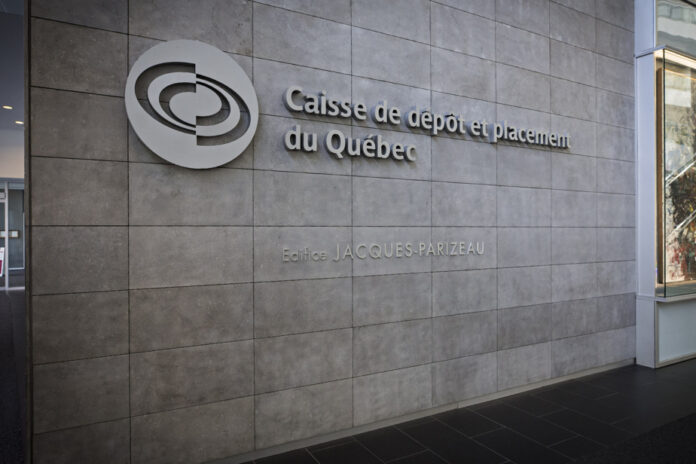After the Metropolitan Express Network (REM), the Caisse de depot et placement du Québec (CDPQ) is eyeing the high-frequency train (TGF) which must connect Quebec and Toronto. The woolen stockings of Quebecers is part of a consortium selected to bid on this project, which will likely incorporate high-speed elements.
Three groups have been selected by the Trudeau government. The names were unveiled Thursday at Montreal’s Central Station by federal ministers Omar Alghabra (Transport) and Pablo Rodriguez (Canadian Heritage).
“It will be up to the consortia to come up with their vision,” Alghabra said.
The CDPQ is part of a group that includes the Quebec engineering firm SNC-Lavalin, Systra Canada and Keolis Canada. Other companies established in Quebec, such as WSP Global and CIMA , are part of competing consortia.
With rail tracks reserved for passenger trains that can travel up to 200 km/h, the TGF must connect cities such as Quebec, Montreal and Toronto. The Caisse had publicly expressed its interest in this project last winter.
For the REM, the pension plan manager owns the network, in addition to being the prime contractor and having participated in the financial arrangement. It remains to be seen what role the institution will play in its consortium.
Many questions surround the TGF. It is still unclear how much the project will cost. The range of 6 to 12 billion previously offered by Mr. Alghabra no longer holds and the latter no longer wants to indulge in the game of forecasts.
In a press conference, Mr. Rodriguez compared the TGF to a project “four to five times larger” than the REM. The electric train network will cost at least 7 billion. Asked if this meant that the bill for the high frequency train would therefore hover around 30 billion, the two ministers declined to offer more details.
By the time the qualification requests kicked off, the Trudeau government had adjusted its rhetoric. Previously released indicators, such as a top speed of 200 km/h and a travel time of approximately 4:10 hours between Montreal and Toronto, are now starting points.
Ottawa believes it is possible to do better. Consortia will be asked to present a “reference” scenario and a more “ambitious” option in which it will be possible to identify sections where the speed of trains will be greater than 200 km/h.
“It’s going to depend on what consortia have to offer,” Rodriguez said.
The three groups will have until next summer to submit their offers.















